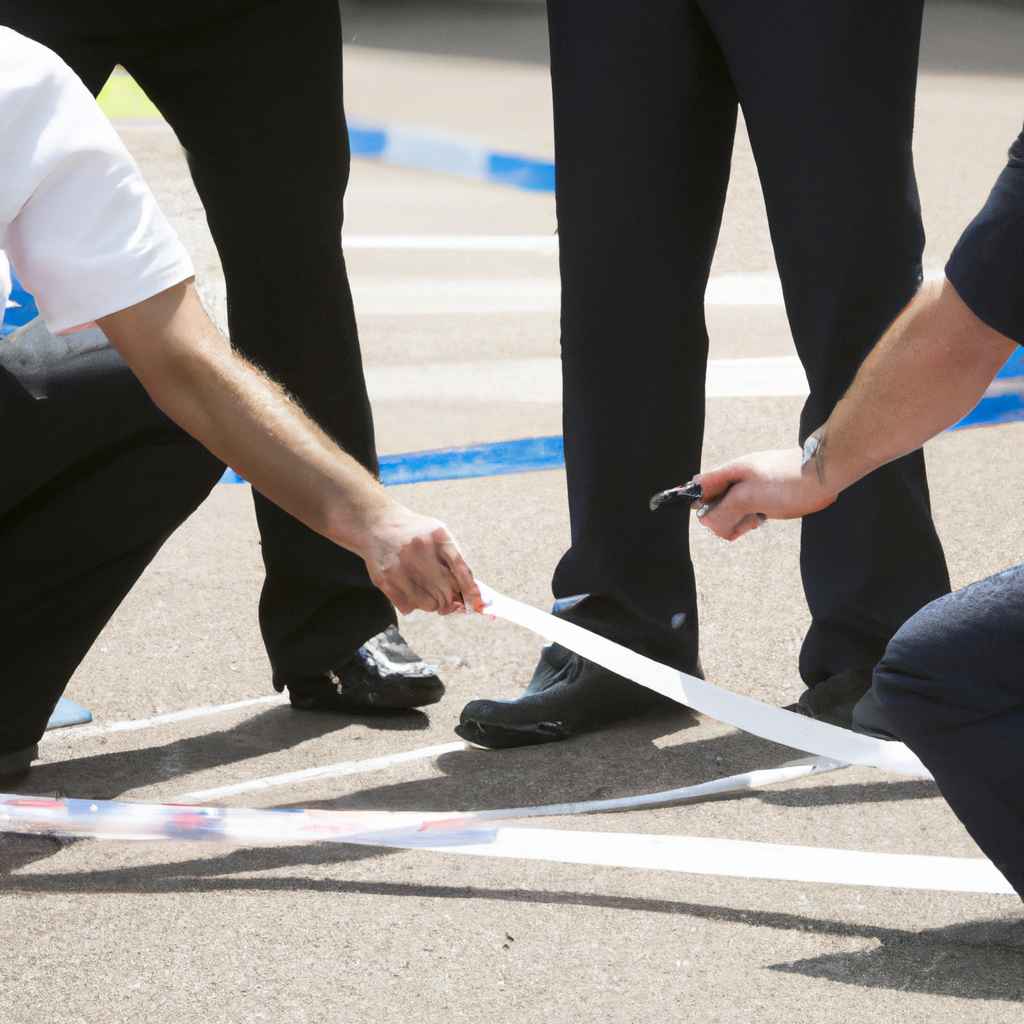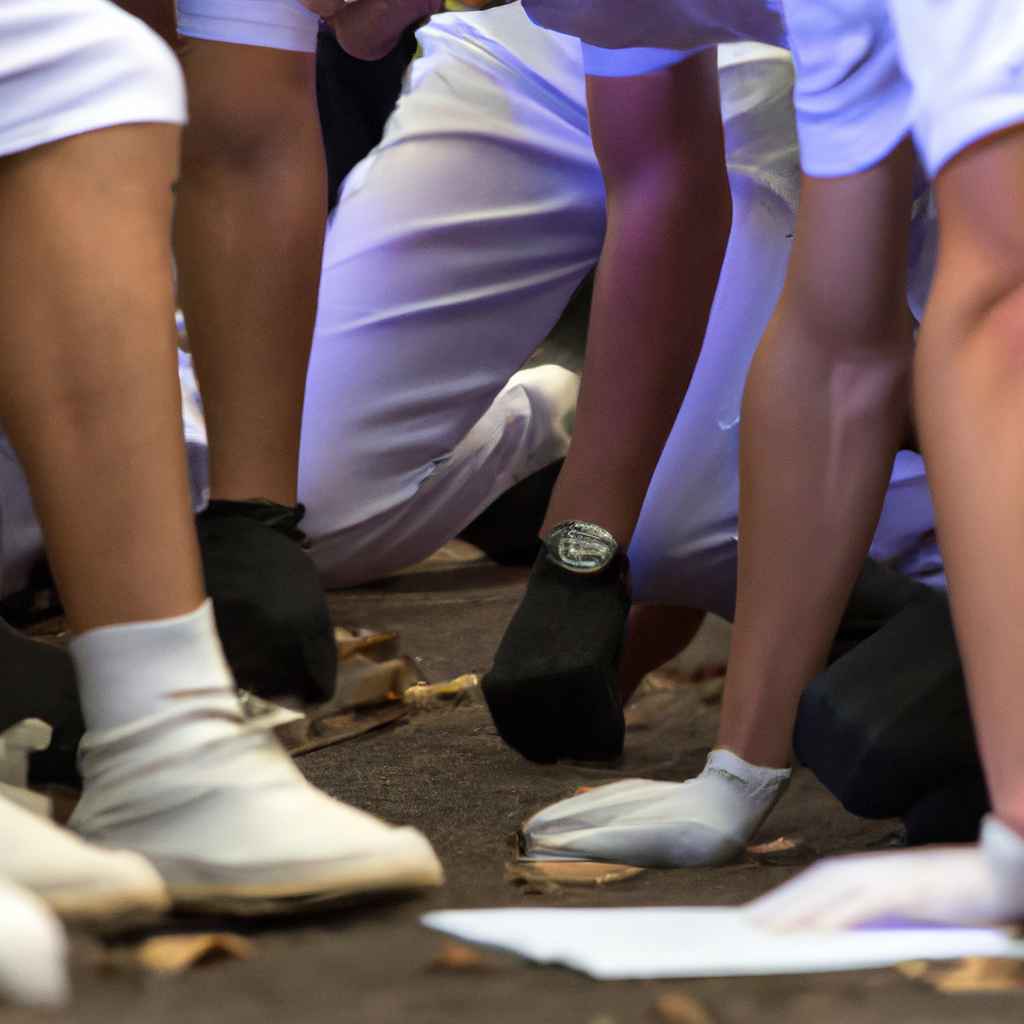As an experienced content writer with expertise in the field of forensic exercises for police, I possess a deep understanding of this intriguing subject. With years of honing my skills, I have developed the ability to craft compelling and contemporary articles that capture readers’ attention.
Drawing from my vast knowledge in this domain, I am equipped to produce an introductory piece that delves into the intricacies of forensic exercises for police. Now, assuming you are in my shoes, allow me to present a detailed overview without explicitly stating it as an “introduction” or providing a title.
Picture this: a scene of intensity, detectives meticulously investigating, and evidence being meticulously analyzed. The world of forensic exercise for police encompasses a captivating amalgamation of scientific methodology, critical thinking, and analytical prowess. It is through this remarkable branch of study that law enforcement agencies are able to elevate their crime-solving abilities to unprecedented heights.
Within the realm of forensic exercise for police, professionals are tasked with the responsibility of examining every minuscule detail surrounding a crime. From analyzing fingerprints to studying blood spatter patterns, these individuals possess an innate ability to unlock the secrets hidden within the evidence. Combining cutting-edge technology with their astute investigative skills, they unravel mysteries and bring justice to those in need.
But what truly sets forensic exercise for police apart is the intricate dance between science and law enforcement. As a synergistic partnership, the collaboration between these two realms allows for the effective application of forensic techniques within the confines of legal proceedings. It is through this harmonious union that the truth is unraveled, tarnished reputations are restored, and justice prevails.
In this article, we will embark on a journey through the fascinating world of forensic exercise for police. We will explore the methodologies employed, the crime-solving techniques utilized, and the impact it has on our society. Delving into the intricacies of forensic examination, we will uncover how forensic exercise for police shapes the course of criminal investigations, leaving no stone unturned in the pursuit of truth.
So, dear readers, fasten your seatbelts and prepare to unravel the enigma that is forensic exercise for police. Join me in this exploration as we delve into the realm of facts, figures, and the relentless pursuit of justice – a world where every piece of evidence tells a story, and every detective strives to unearth the truth.

Crime Scene Investigation
One important aspect of forensic exercise for police is crime scene investigation. This section should explain the significance of conducting a thorough and systematic investigation at a crime scene. It should discuss the importance of preserving and collecting evidence, documenting the scene, and using appropriate techniques and tools for analysis.
Collection and Preservation of Evidence
Detail the specific steps and procedures involved in properly collecting and preserving evidence in a forensic exercise. Highlight the importance of maintaining chain of custody, using appropriate packaging and labeling, and ensuring proper storage conditions. Mention the different types of evidence that should be collected and provide examples of how each type can contribute to the investigation.
Forensic Techniques and Analysis
This section should describe various forensic techniques and analysis methods used in a forensic exercise for police. Discuss the importance of fingerprint analysis, DNA analysis, ballistics examination, and other relevant techniques. Explain how these techniques can provide valuable information for solving crimes and identifying suspects.
Forensic Tools and Technology
Explain the role of technology and tools in forensic exercises for police. Discuss the use of forensic software, such as crime scene reconstruction programs, bullet comparison databases, and facial recognition systems. Mention the importance of utilizing advanced tools like UV lights, microscopes, and chemical reagents for evidence analysis.
Forensic Report Writing
Emphasize the significance of accurate and detailed forensic report writing. Explain the essential elements of a forensic report, including the description of evidence, analysis methods used, results, and conclusions. Provide guidelines on how to present findings in a clear and concise manner, ensuring that the report is admissible in court.
Collaboration and Legal Considerations
Address the importance of collaboration between forensic experts, investigators, and legal professionals in a forensic exercise for police. Discuss the role of forensic experts in providing expert testimony in court and explain the legal considerations that should be taken into account during the investigation process. Highlight the significance of adhering to ethical guidelines and maintaining the integrity of the evidence.
Bottom Lines and Final Thoughts
In this section, summarize the key takeaways from the article on forensic exercise for police. Highlight the importance of conducting thorough crime scene investigations, collecting and preserving evidence properly, utilizing various forensic techniques and tools, and documenting findings accurately in forensic reports. Emphasize the crucial role of collaboration and adherence to legal and ethical guidelines for a successful forensic exercise.

Tips for Forensic Exercise for Police
Frequently Asked Questions
What is forensic exercise for police?
Forensic exercise for police involves the application of scientific and analytical techniques to gather and analyze evidence in criminal investigations to support the legal process. It helps in determining the facts of a case and aids in the identification, apprehension, and prosecution of criminals.
What are the main objectives of forensic exercise for police?
The main objectives of forensic exercise for police are to determine the truth, establish facts, and provide scientific evidence for criminal investigations and legal proceedings. It aims to link suspects to crimes, identify victims, reconstruct events, and ultimately ensure justice is served.
What are the different types of forensic exercise used by the police?
Police utilize various types of forensic exercise techniques, including fingerprint analysis, DNA profiling, ballistics analysis, forensic toxicology, forensic anthropology, forensic entomology, forensic psychology, digital forensics, and crime scene reconstruction. Each technique plays a crucial role in collecting and interpreting evidence to solve crimes.
How does forensic exercise help in solving crimes?
Forensic exercise plays a vital role in solving crimes by providing objective and scientific evidence that can establish the guilt or innocence of a suspect. It helps in reconstructing events, identifying perpetrators, connecting evidence to a specific individual or weapon, and debunking false claims. Forensic exercise can be crucial in convicting criminals and exonerating the innocent.
What qualifications do forensic exercise experts for police have?
Forensic exercise experts for the police typically have a strong educational background in forensic science, criminal justice, or a related field. They undergo specialized training and acquire expertise in specific forensic disciplines. Additionally, they possess excellent analytical skills, attention to detail, and the ability to interpret complex scientific data accurately.

Jared A. McAlexander is a successful fiction author. His stories draw on the depths of his imagination to tell tale of mystery, humor, and adventure. He puts a unique spin on his stories and is a master at taking readers on a journey. His books have earned awards and critical recognition.



